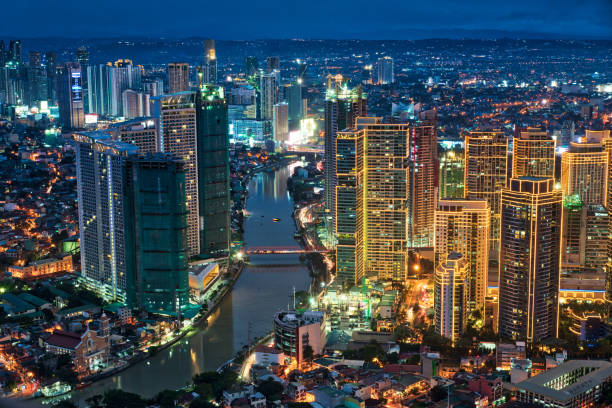The Philippines, with its strategic geographical location and strong gross domestic product growth, has the potential to become a prominent travel and commercial trading hub in the Asia-Pacific region. This was emphasized by Roberto Lim, the Transportation Undersecretary for Aviation and Airports, during a recent news conference at the Singapore Airshow.
Lim highlighted the importance of inviting both the world and the private sector to invest in the Philippine aviation sector. He stressed that such investments would effectively create the necessary infrastructure to enhance connectivity among the islands and stimulate trade and commerce.
One of the key factors driving the high return on investment in the Philippine aviation sector is the world-class technical and customer service skills of Filipinos. The country has long been recognized for its skilled workforce, particularly in the field of aviation. By capitalizing on this advantage, the Philippines can position itself as a leading destination for international travelers and businesses.
Furthermore, the Philippines’ unique geographic advantage plays a crucial role in its potential as a regional hub in Asia. Situated at the crossroads of major trade routes, the country offers convenient access to various markets. This strategic location opens up opportunities for businesses to expand their operations and establish stronger trade relationships with neighboring countries.
To fully realize its potential, the Philippines must prioritize investments in its aviation infrastructure. This includes the development of airports, expansion of air routes, and improvement of overall connectivity. By doing so, the country can enhance its competitiveness and attract more international airlines and investors.
The growth of the Philippine aviation sector not only benefits the country’s economy but also contributes to the overall development of the region. Increased connectivity and improved trade links will foster economic integration, allowing for the seamless movement of goods and services across borders.
Moreover, the Philippines’ ambition to become a travel and commercial hub aligns with the broader goals of the Association of Southeast Asian Nations (ASEAN). The ASEAN Open Skies Policy, which aims to liberalize air travel within the region, presents an opportunity for the Philippines to strengthen its position as a regional aviation leader.
In conclusion, the Philippines possesses the necessary ingredients to become a prominent travel and commercial hub in the Asia-Pacific region. Through investments in aviation infrastructure and leveraging its strategic location, the country can attract more international businesses and tourists, stimulating economic growth and fostering regional integration. The potential is there, and it is up to the Philippines to seize this opportunity and establish itself as a key player in the global aviation industry.







